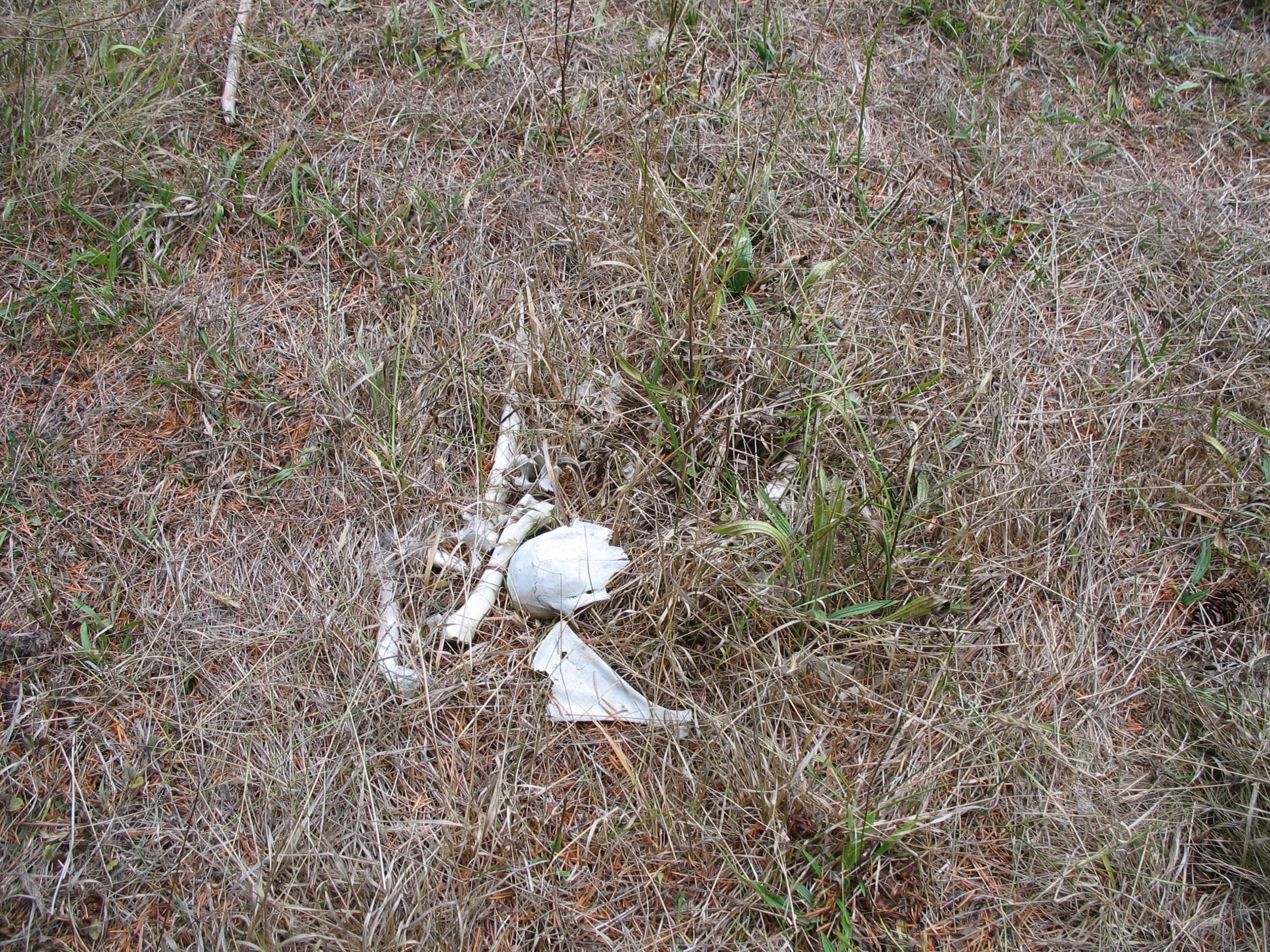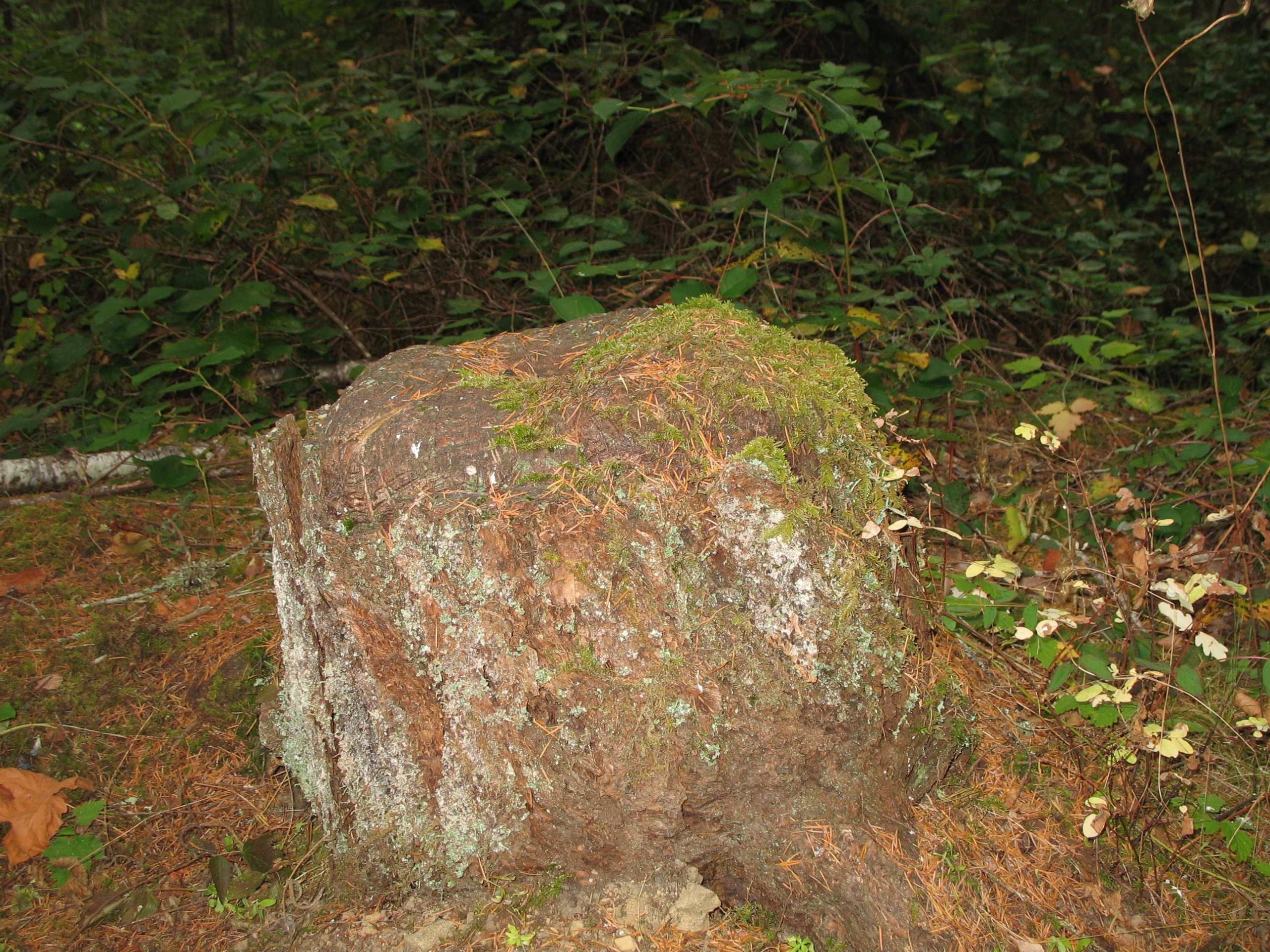
Web Extra: Your Urban Backyard Habitat Can Support Biodiversity
Contributor
- Topics: Growing for Biodiversity
Spring 2022
Zhongyu Sun (2014) and colleagues sought to understand the influence of community development on ecological memory, the remnants of an ecosystem integral to regrowth. They discovered that in a terrestrial forest ecosystem, in order to move from a disturbed landscape to the first stage of succession, a grassland, 46.5 percent of ecological memory needed to be in place.

Ecological memory accumulates non-linearly during secondary succession. The phases of community development labelled beyond the initial state are grassland, coniferous forest, coniferous, broad-leaved mixed forest, and regional climax forest. In this example, they represent successional stages of the subtropical forest. The positions of the balls in the valleys represent the restoration status and developing trend of the ecosystem. Succession in urban systems would be expected to undergo a similar progression of phases, with the first initial phase requiring the greatest accumulation of ecological memory before becoming resilient enough for community development to progress. Figure: Sun et al. 2014
Other examples of evidence of ecological memory can be seen in the two photos below.


Resources
Sun, Z., H. Ren, V. Schaefer, H. Lu, J. Wang, L. Li, and N. Liu. 2014. “Using ecological memory as an indicator to monitor the ecological restoration of four forest plantations in subtropical China.” Environmental Monitoring and Assessment: 8229-8247.











Responses